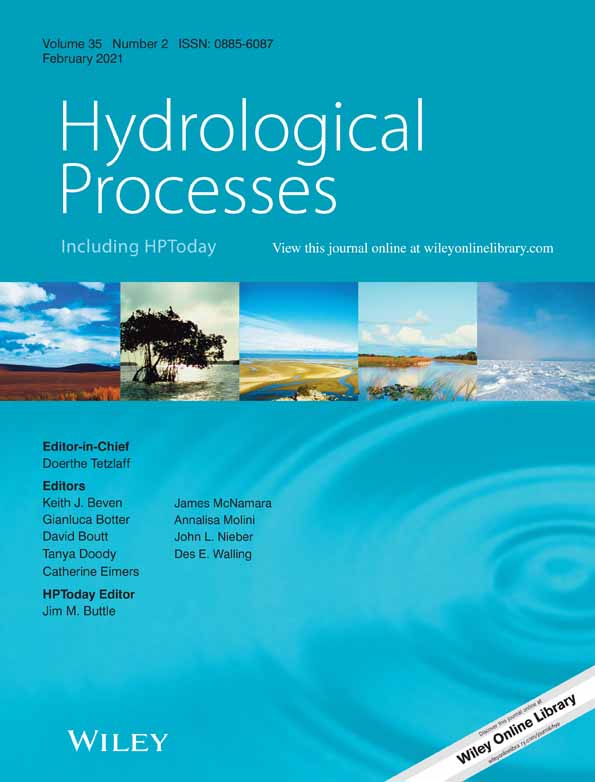Long-term database of Beasley Lake Watershed with 25 years of agricultural conservation practices
Abstract
Beasley Lake Watershed is an agriculturally influenced drainage basin in western Mississippi that has been intensively studied for 25 years. As part of the USDA Conservation Effects Assessment Project (CEAP), the watershed has archived hydrology, precipitation, and water quality data in order to measure the effects of multiple USDA Natural Resources Conservation Service conservation practices on lake water quality. The long-term database is available to researchers using a web-based application, Sustaining the Earth's Watersheds, Agricultural Research Data System (STEWARDS). STEWARDS is a GIS-based data retrieval application that encompasses spatial and temporal data collected from multiple sites within the watershed. This data note describes information located in the STEWARDS Beasley Lake Watershed database, including hydrology, precipitation, and water quality data. This information is valuable to researchers and agencies beyond the USDA as an available and useful database to improve the understanding of how land-use practices affect the water quality of shallow lake systems.
Open Research
DATA AVAILABILITY STATEMENT
Data described in this note are available at the U.S. Department of Agriculture-Agricultural Research Service (USDA-ARS), STEWARDS v3.0: Access to ARS CEAP Benchmark Watershed Data (Sadler et al. 2020). Data are continuously updated to add additional years of data as they are quality controlled and corrected. To access the database, users can begin by following the link to the STEWARDS v3.0 website. Once at the site a GUI (graphic user interface) will appear displaying a map of all the available CEAP sites, including Beasley Lake Watershed. Users can download Beasley Lake Watershed data by then selecting the ‘Map’ menu item where a dropdown menu will appear, and the ‘User Login’ option can be selected. A ‘User Login’ GUI will appear near the bottom right-hand corner of the site. By selecting the ‘User Login’ GUI, new users can provide a valid email address, their name and the name of their organization and click the submit button to login. Otherwise, existing users can submit their email address to login. Once logged in, a ‘View Location Data’ tab will appear in the ‘Logged In’ GUI that provides access to the STEWARDS database and this tab can be selected to display directory links to download various files where each filename associated with Beasley Lake Watershed data will begin with ‘MSBL’, such as after selecting the directory ‘MeasurementZIP’, the ‘MSBL_Rainfall—Daily_measurement.7z’ compressed file can be selected and downloaded to the user's computer system. Users will need to follow their Internet browser's method available to save the files and their system's options to extract the compressed information. The database is located at the following link provided: https://www.nrrig.mwa.ars.usda.gov/stewards/stewards.html. To further assist the reader with access to the STEWARDS dataset, the authors have included a more detailed description of data download procedure in S1 Supporting Information STEWARDS data download instructions.docx.




